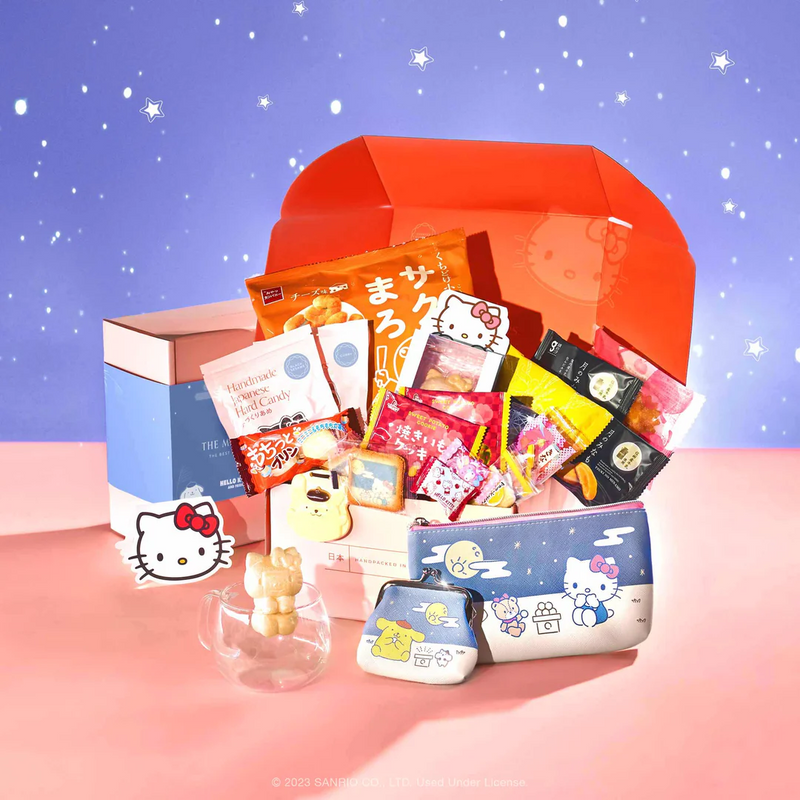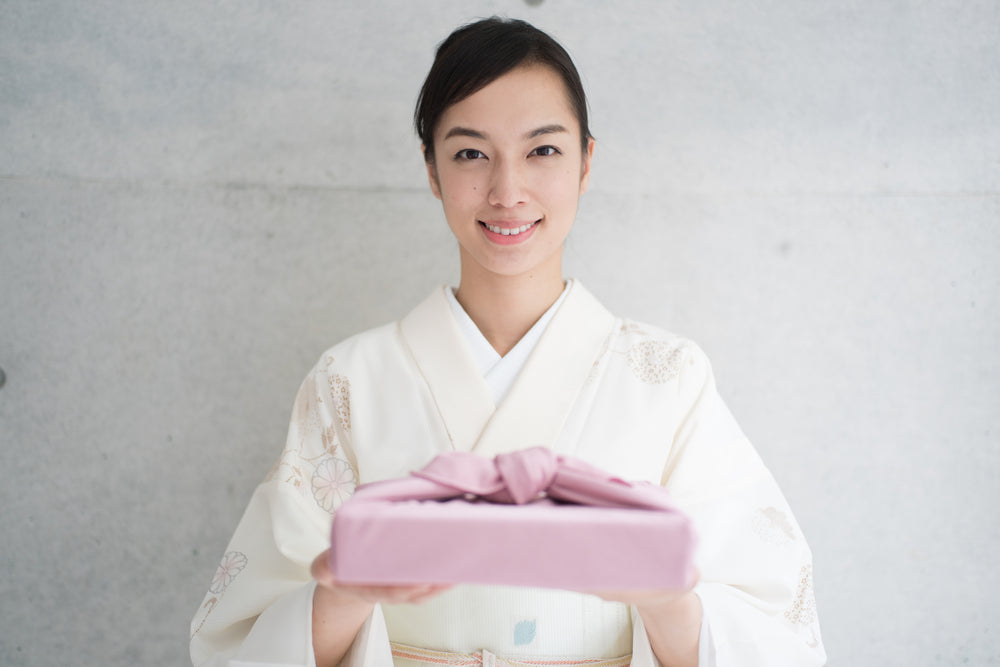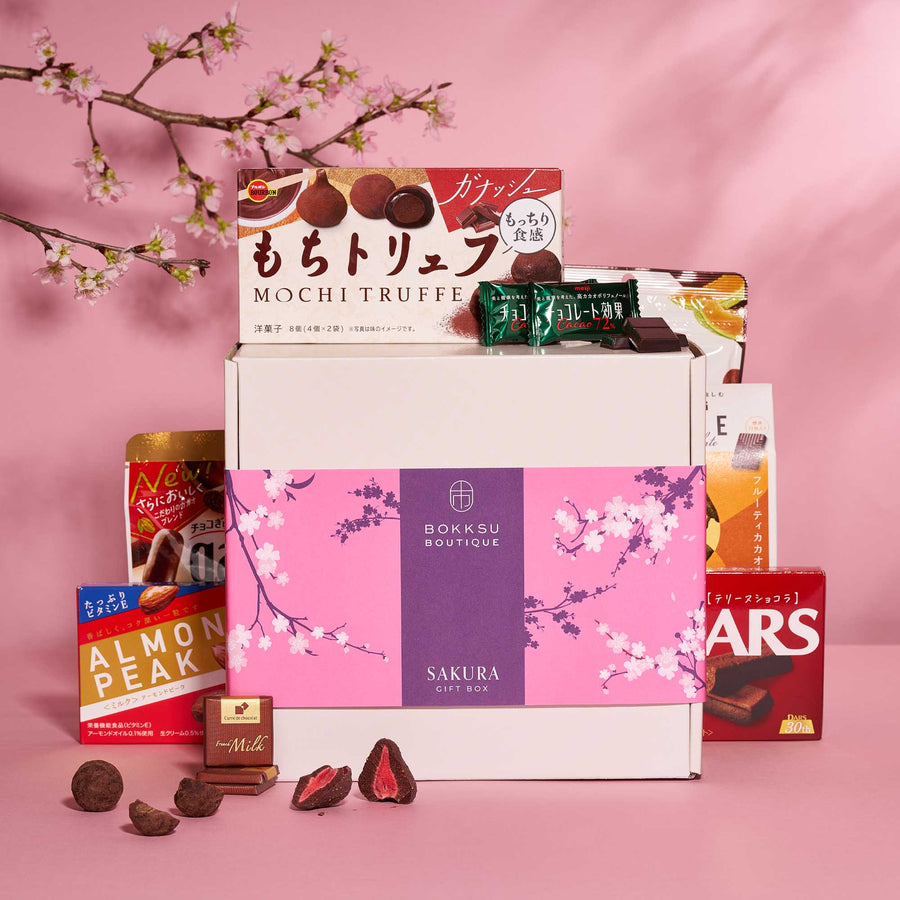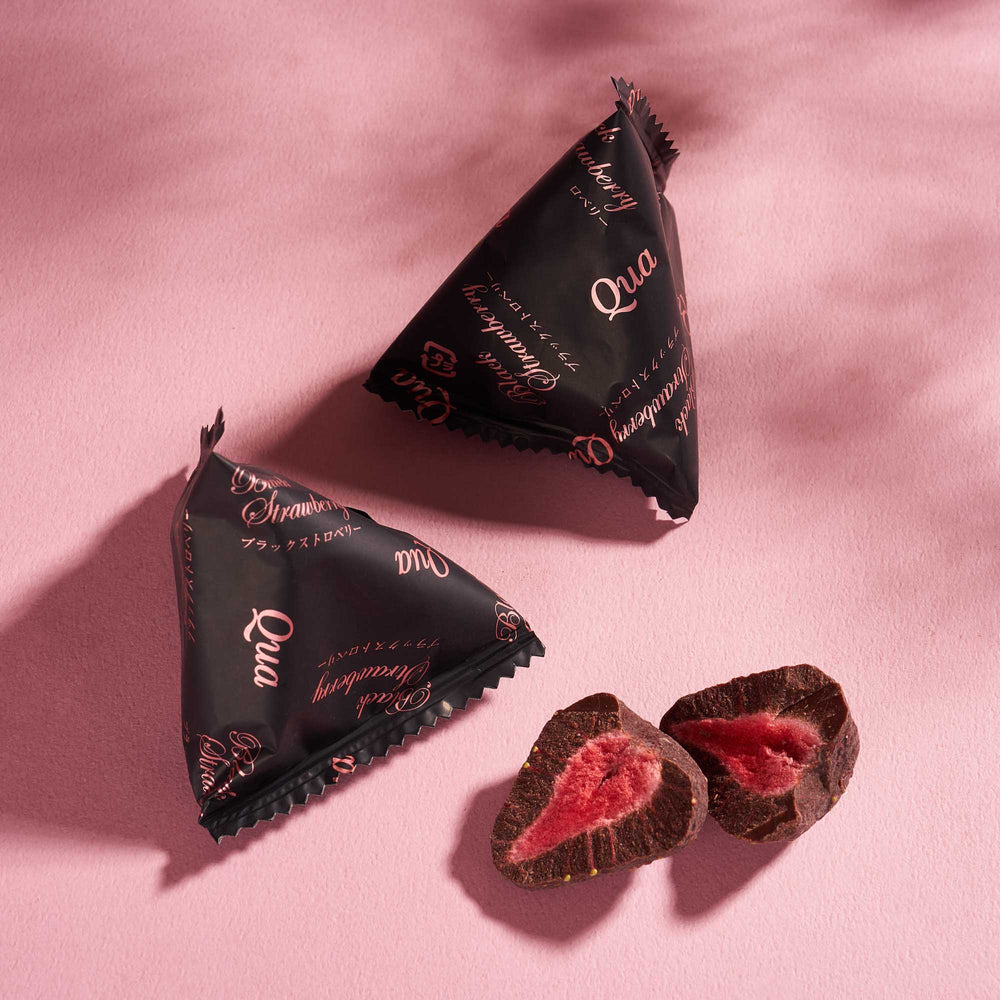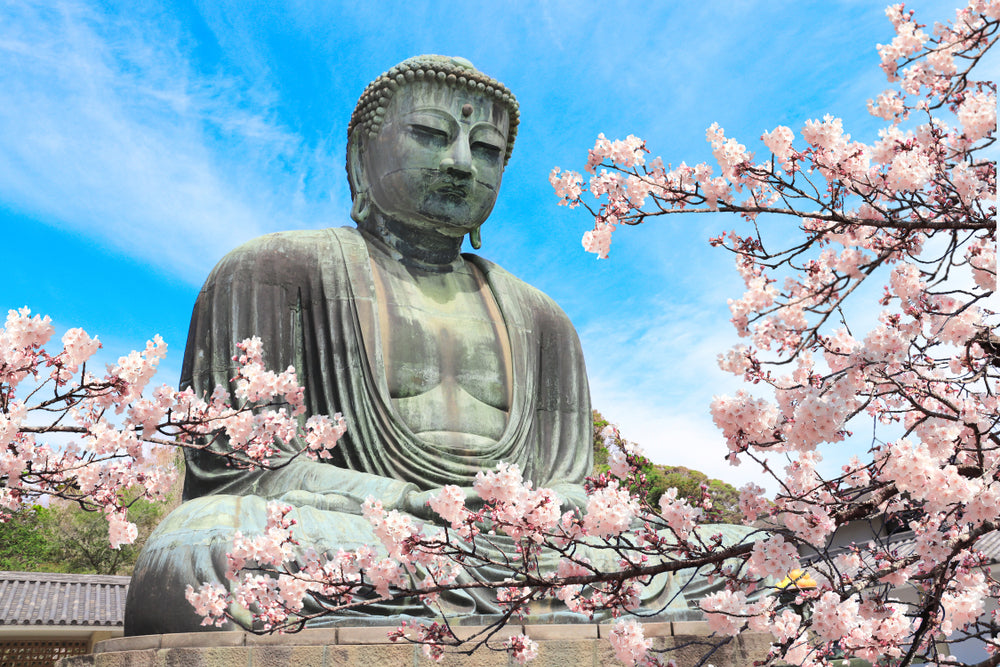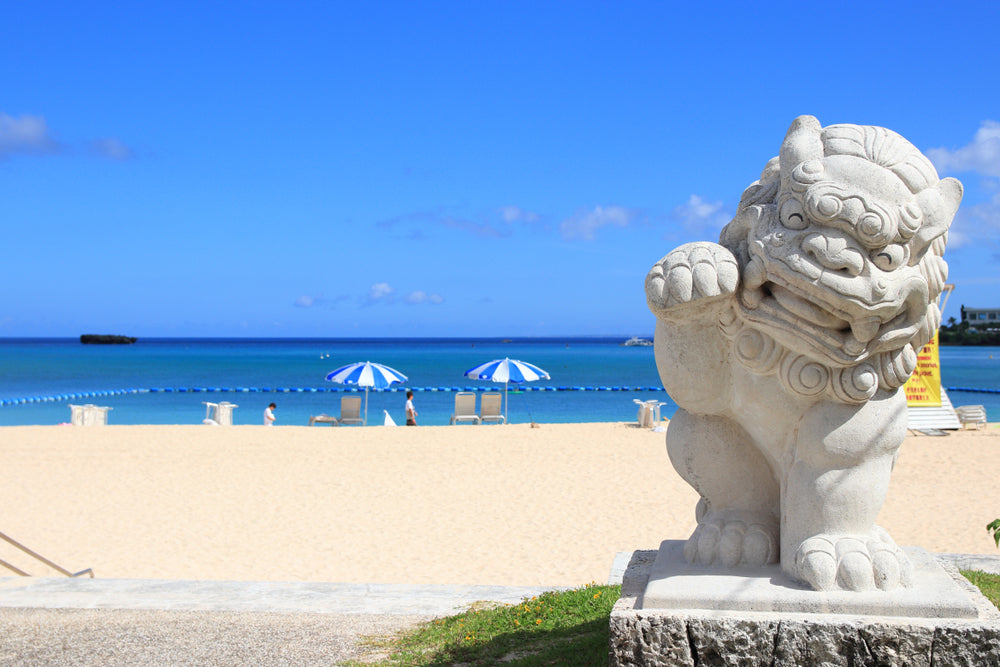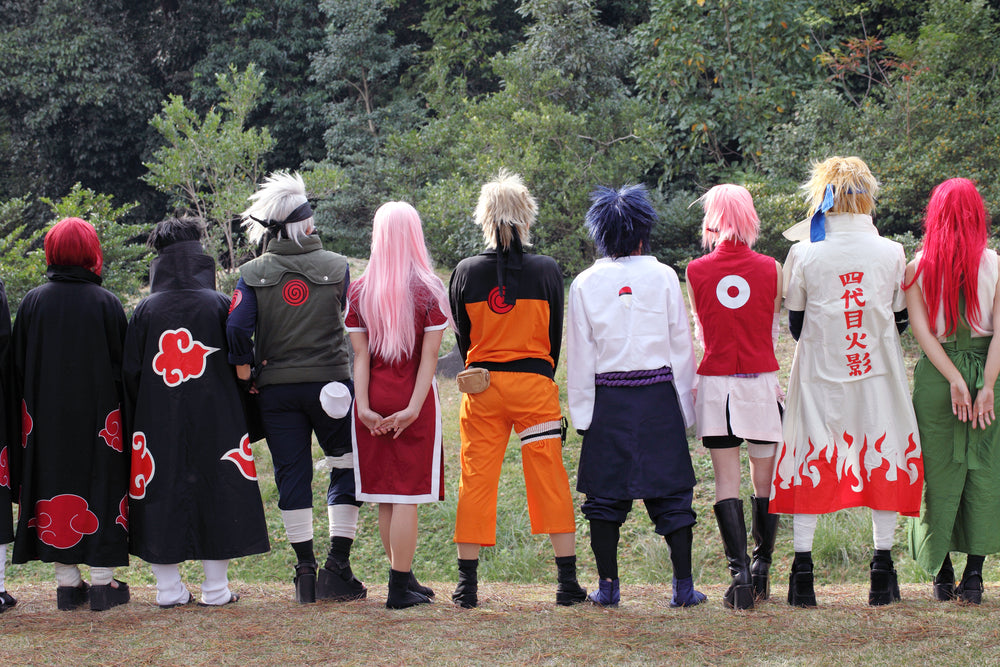Chitose-Ame: The Candy of Choice During Shichi-Go-San
Chitose-Ame: The Candy of Choice During Shichi-Go-San
Each year, on November 15, you’ll see little boys and girls traipsing to shrines in their best hakama and kimonos in Japan. One of the most famous parts of the festival? The Chitose-ame available in shops, supermarkets, and department stores. This delightful candy has become synonymous with the Shichi-Go-San celebration, this special November 15 holiday.
What is Chitose-ame?
A chitose-ame is a type of long candy shaped like a candy cane (without the rounded part). These candy sticks typically come in a red and white pattern, though occasionally, they're available in only red or white colors. Eating chitose-ame is part of the Shichi-Go-San traditions.
What Does Chitose-ame taste like?
This Japanese ame candy has a tasty, sweet flavor. It's a hard candy, so you can enjoy it for a long time before it's gone. It’s typically made from malt syrup and sugar, which helps create its hard exterior. It’s produced in red and white colors, as these are thought to bring good luck to whoever is eating the candy.
What is Shichi-Go-San?

Chitose (Japanese candy) is typically only eaten during Shichi-Go-San. This event's name translates to 7-5-3 and is a special event for children of those specific ages in Japan. In particular, boys three and five years old and girls three and seven years old are part of the celebration.
These ages are considered special in Japan for multiple reasons. It’s thought that these ages signify special turning points in the lives of children. Odd numbers are also considered especially lucky.
Why are Chitose-ame candies eaten during Shichi-Go-San?
These candies signify longevity and healthy growth. They're typically given to children by their parents, as well wishes for their future. The primary purpose of Shichi-Go-San includes praying for the future of the children. So, the ame Japanese candies are a bonus for good luck.
Chitose-ame Meaning
The direct translation of chitose-ame is “thousand-year candy," alluding to its use as candy for longevity. Even its shape is representative of longevity, as it's a long continuous candy stick.
History of Chitose-Ame Candy

Like much of Japan’s traditions, there is not a clear beginning for the candy. However, there are a few theories on how the candy was invented and became attached to the Shichi-Go-San festivities.
It is thought that a candy maker created this candy in the Edo period (1603-1868). Sugar was considered a precious good at this time, so it was not readily available. However, candy at the time was made with starch syrup, making it easy for anyone to get their hands on some delicious sweets.
During this period, many candy makers began advertising their candy as longevity sweets. Because of this, many candies were given Japanese names that had longevity or years in their name. Initially, chitose-ame was named senzai-ame (also meaning thousand-year candy). However, it was written with the same characters as chitose-ame, so the name was changed by altering the pronunciation.
One theory of chitose-ame includes Shichibei (a candy merchant) selling sweets that were named sennen-ame (thousand-year candy) and jumyo-to (longevity candy). Supposedly, he sold candies from the late 1600s to the early 1700s.
Chitose-Ame’s Rise in Popularity
It is thought that chitose-ame was sold to everyone (adults and children) initially. Of course, this sweet was favored by kids, so it slowly became associated with children. Initially, it was only sold by street vendors. However, shrines began carrying these candies onsite. So, after visiting the shrines and praying, families would pick up chitose-ame. Thus, it became a popular sweet after shrine visits.
Now that you know all about Shichi-Go-San and chitose-ame, you can celebrate at home with Japanese candy. Bokksu offers an extensive array of sweets, most hand-made in Japan. You can also find savory snacks, tea pairings, and more on Bokksu.
Curious about what other Japanese festivals occur during November? Check out this Japanese Holidays & Festivals guide.
Author Bio








 Bokksu Snack Box
Bokksu Snack Box



